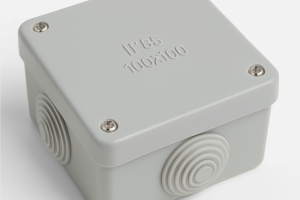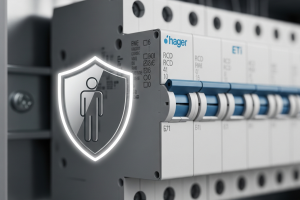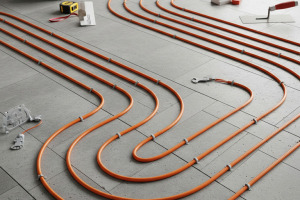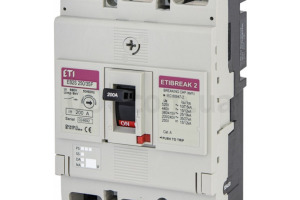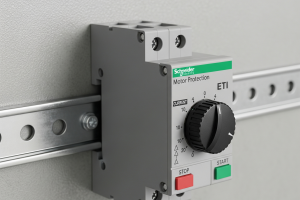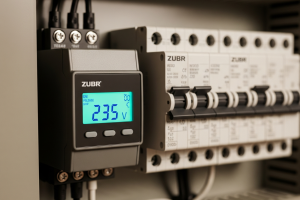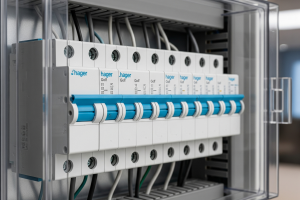What is a PFC unit and How Does It Save Your Business Money?
If you own a production facility, workshop, auto service station, or any site with a large number of electric motors, transformers, or fluorescent lighting, you have likely encountered a confusing line item on your electricity bill: "charge for reactive energy." This is, in essence, a penalty from your utility provider. A Power Factor Correction (PFC) unit is a device that allows you to avoid these penalties and significantly reduce costs.
THE BEER MUG ANALOGY
To understand reactive energy, let's imagine a mug of beer:
-
The Beer is Active Power (kW). This is the useful energy that does work: it turns motors, heats, and illuminates. You pay for this.
-
The Foam is Reactive Power (kVAr). It does no useful work but is a byproduct of the operation of motors and transformers. It takes up space in the mug (and in the power grid), loading up your cables and transformers.
-
The Entire Mug is Apparent Power (kVA). This is the total energy you draw from the grid.
The utility provider penalizes you for having too much "foam" in your system. A PFC unit is a device that "settles the foam" right at your facility, so you don't have to draw it from the main grid.
WHAT IS A PFC UNIT MADE OF?
It's not a single device, but a cabinet assembled from several key components:
-
CAPACITOR BANKS: This is the "heart" of the unit. Capacitors are what actually generate the reactive power that compensates for the "foam" from your motors. They come in various power ratings (in kVAr).
-
CAPACITOR CONTACTORS: These are the "muscles." Special contactors that switch the capacitor banks on and off. You cannot use standard contactors because switching on a capacitor creates a massive inrush current. Specialized contactors (like the CEM series) have extra contacts with resistors to limit this surge.
-
POWER FACTOR CONTROLLER: This is the "brain" of the system. A smart device that continuously analyzes your network. When it sees too much "foam," it commands the contactors to connect the necessary number of capacitors.
-
PROTECTIVE DEVICES: A main circuit breaker and fuses for each capacitor group, which protect the unit from short circuits.
-
VENTILATED CABINET: A metal enclosure that houses all the components and ensures they are kept cool.
WHAT IS THE RESULT?
-
Elimination of penalties for reactive energy, which can reduce bills by 30-50%.
-
Unloading your internal network: Cables and transformers heat up less, allowing you to connect additional loads.
-
Reduction in overall energy losses.
CONCLUSION
For any industrial enterprise, a PFC unit is not an expense but a profitable investment that typically pays for itself in 1-2 years. It is an essential element for efficient and economical energy consumption.
The 175.com.ua company offers both individual components for assembly (capacitors, controllers, contactors) and a full turnkey service for electrical panel assembly, including the calculation and installation of a PFC unit for your facility.










